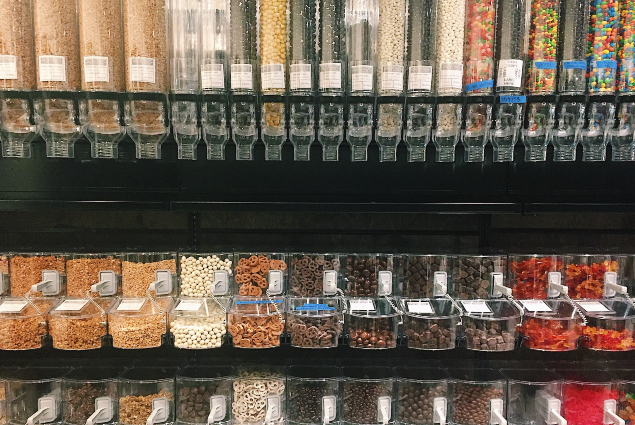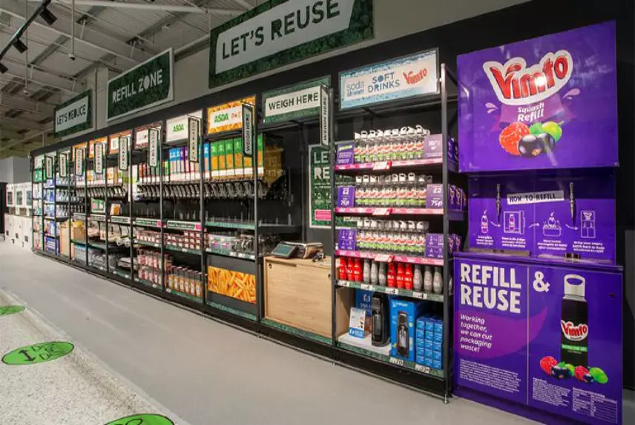As the world becomes increasingly aware of the environmental crisis, sustainability has moved from being a ‘nice-to-have’ to a ‘must-have’ in many industries, including retail. Retailers are constantly seeking ways to minimize their environmental footprint and promote eco-friendliness. One area where this effort can be significantly impactful in retail shelving.
This article explores how supermarkets can incorporate sustainability into their retail shelving practices and contribute to the collective effort to safeguard our planet.
Choosing sustainable materials for shelves

Shelving materials significantly contribute to a supermarket’s environmental footprint. Therefore, one of the first steps towards sustainable retail shelving is to opt for eco-friendly materials. For instance, FSC-certified wood ensures that the wood has been sourced responsibly from well-managed forests. Similarly, shelves made from recycled or recyclable materials, like metal or glass, can minimize environmental impact.
Additionally, considering the durability and lifespan of shelving material is crucial. Long-lasting materials reduce the need for frequent replacements, therefore limiting resource consumption and waste production.
Reducing waste through efficient inventory management
Efficient inventory management plays a significant role in sustainability by reducing food waste. Supermarkets can adopt a first-in, first-out shelving strategy to ensure older stock is sold before it reaches its expiry date. Effective inventory tracking systems can alert supermarkets to surplus stock, allowing them to adjust ordering practices and avoid overstocking, which often results in waste.
Integrating technology like AI can further enhance inventory management efficiency. Predictive analytics can forecast sales trends, helping retailers to optimize their inventory and reduce waste.

Promoting eco-friendly products
Retail shelving is a powerful tool for influencing customer behavior. Supermarkets can use their shelves to promote eco-friendly products, encouraging consumers to make sustainable choices.
For example, creating a dedicated section for organic or eco-friendly products can draw customers’ attention to these options. Using signage to highlight the environmental benefits of these products can further motivate customers to make green choices.
Educating customers about sustainability
Finally, retail shelving can be used as a platform for educating customers about sustainability. Information about recycling, reducing waste, and choosing sustainable products can be displayed alongside relevant products. For instance, near the produce section, supermarkets could display information about the benefits of using reusable produce bags instead of plastic bags.
Conclusion
Incorporating sustainability into retail shelving practices is an actionable and effective way for designing supermarkets to contribute to environmental preservation. From choosing sustainable materials to efficient inventory management, promoting eco-friendly products, and educating customers, there are several strategies that can be employed.
As customers become more environmentally conscious, such measures will not only benefit the planet but also resonate with customers, potentially driving customer loyalty and boosting the supermarket’s reputation. Sustainability in retail is not just a trend, it’s the future, and retail shelving is an excellent place to start this journey.
If you’re interested in buying retail shelving, check out this page – retail shelving manufacturers. There will be information about different types of shelving for your retail store.

